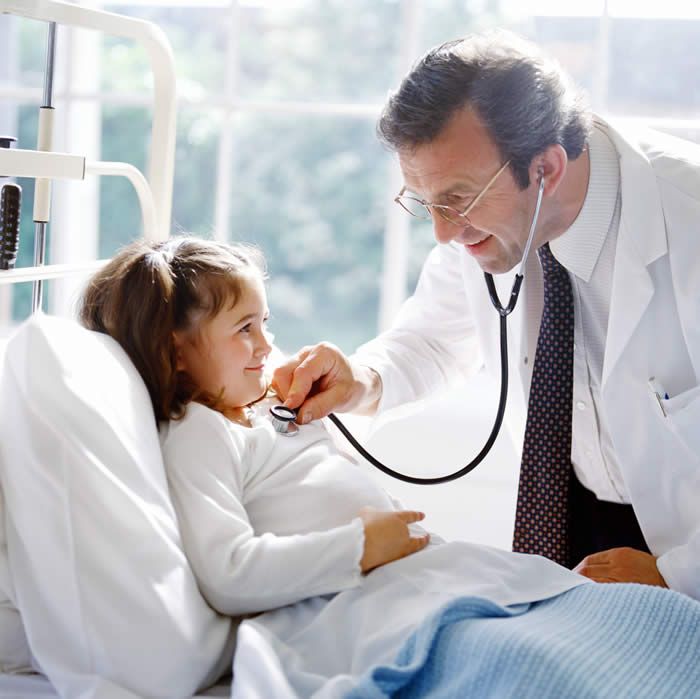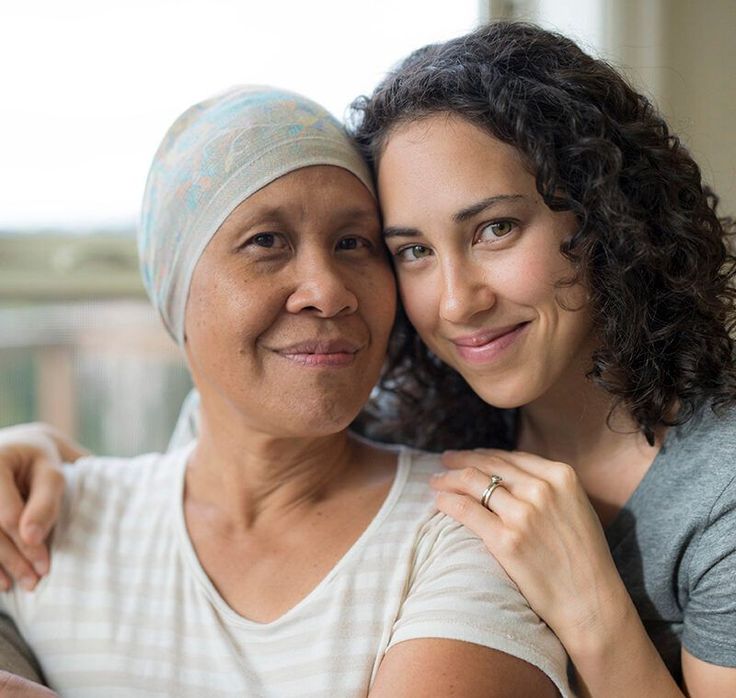From Treatment to Prevention: How the U.S. Is Shifting Its Cancer Strategy
The Rising Importance of Prevention in America’s Cancer Fight Over the past few decades, the United States has made tremendous advances in cancer treatment. From targeted therapies and immunotherapy to AI-powered diagnostic systems, cancer is no longer an automatic death sentence. However, with healthcare costs soaring and cancer cases steadily increasing, the U.S. public health system is now putting greater emphasis on cancer prevention — aiming to stop cancer before it starts.
1. Why Is Cancer Prevention Becoming a Priority in the U.S.?
An Aging Population and Growing Cancer Burden
According to the CDC, approximately 2 million new cancer cases are diagnosed annually in the U.S., a number expected to rise with an aging population. Treating late-stage cancer can cost hundreds of thousands of dollars per patient, putting significant strain on both insurance systems and families.
Up to 50% of Cancers Are Preventable
Research shows that nearly half of all cancers are linked to lifestyle factors and could potentially be prevented. For example:
- Quitting smoking reduces lung cancer risk by up to 90%
- A healthy diet and regular exercise lower the risk of several digestive cancers
- HPV vaccination can prevent most cervical cancers and some head, neck, and anal cancers
2. Key Cancer Prevention Measures in the U.S.
🧬 Nationwide Cancer Screening Programs
- Breast Cancer: Annual mammograms recommended starting at age 40
- Colorectal Cancer: Colonoscopy screenings beginning at age 45
- Lung Cancer: Low-dose CT scans for long-term smokers
- Cervical Cancer: Pap smears combined with HPV testing
Most of these screening services are covered by Medicare and private insurers, increasing participation rates across the country.
🧫 Vaccinations and Virus-Related Cancer Prevention
- HPV Vaccine: Recommended for people aged 11–26, protecting against over 90% of HPV-related cancers
- Hepatitis B Vaccine: Prevents chronic infection that can lead to liver cancer
These vaccines are playing a significant role in reducing cancer rates, especially among younger populations.
🛡 Healthy Behavior Campaigns and Legislative Support
- Tobacco Control: Public smoking bans now enforced in all 50 states
- Obesity Reduction: National campaigns like “Let’s Move!” and “MyPlate” promote healthier eating and exercise
- Alcohol Regulation: Increased taxes, warning labels, and public awareness campaigns
Government initiatives, supported by nonprofits and communities, are shifting the cultural norms around cancer risk behaviors.
3. Is Prevention Working? Here’s the Data
- From 1991 to 2020, the overall U.S. cancer death rate dropped by 33%
- The steepest declines occurred in cancers tied to prevention — cervical, lung, and colorectal
- Early detection rates and 5-year survival rates for major cancers are steadily improving
These outcomes reflect the success of proactive, population-wide prevention strategies.
4. Ongoing Challenges
Despite notable progress, the U.S. still faces several barriers to effective cancer prevention:
- Health Disparities: Lower screening rates among low-income and minority populations
- Uneven Vaccine Coverage: HPV vaccination rates remain below 60% in some conservative states
- Information Gaps: Public misconceptions and lack of health literacy hinder preventive action
5. Looking Ahead: Toward Precision Prevention
The National Cancer Institute (NCI) and the Biden administration have launched Cancer Moonshot 2.0, which includes:
- Leveraging big data and genomics to identify individual cancer risks
- Promoting tailored prevention plans, moving beyond a one-size-fits-all model
- Expanding community outreach, education, and early intervention programs
The goal is not just to reduce cancer deaths, but to make cancer less common in the first place.
Final Thoughts
Cancer treatment will always be important. But in the U.S., the future lies in stopping cancer before it starts. Prevention — through vaccines, screenings, healthy behaviors, and policy — is proving to be the most cost-effective and humane strategy for long-term cancer control.
As public health experts often say:


